Dance
Curriculum overview for Key Stage 3 Dance
National Curriculum programme of study: Dance within Physical Education
https://assets.publishing.service.gov.uk/media/5a7c74e2e5274a5255bcec5f/SECONDARY_national_curriculum_-_Physical_education.pdf
Curriculum intent – the knowledge, understanding and skills that students will learn
Dance is a compulsory activity within the National Curriculum for Physical Education. At Blackfen School, Dance is taught discretely on a subject rotation, three times across the two-week timetable cycle. Dance is also offered as a regular after school activity, and contributes to the life and culture of the whole school. As a subject, Dance is unique in that it blends artistic practice with physical activity, delivering an affirmative impact on young people’s education and learning, in addition to offering opportunities for all young people to perform in school and in local, regional and national events. When compared to sport and academic activities, Dance exhibits more positive changes in well-being. High quality dance also promotes whole school improvement through its influence on the culture of the school, raising aspiration and enhancing the profile of the school in its community.
Curriculum implementation – teaching, learning and assessment strategies
At Blackfen School, Key Stage 3 Dance is taught in bespoke teaching rooms, including the Dance Studio and Performance Space. Each year, there are two Expressive Arts Showcases and one Dance showcase to demonstrate learning in lessons and extra-curricular activities, and students are encouraged to participate in our choreographic competition. Throughout Key Stage 3, lessons expose students to a wide range of skills and styles of dance. At the beginning of Year 7, the basic actions, dynamics, space and relationships in dance are introduced. These skills become increasingly complex throughout the next three years, thereby increasing the level of creativity and challenge in lessons and learning. Alongside the teaching of choreography content in lessons, a parallel focus on physical, technical, expressive and mental skills is delivered. These skills are used in every lesson and students are taught to demonstrate them physically, as well to articulate their contribution to performance and to explain the exercises that they can do to improve them. Choreography and performance are embedded within exciting lessons that explore dance from a range of different cultures, time periods, styles and disciplines. Students are encouraged to be reflective, collaborative and commit fully to the creative process behind exploring a variety of stimuli and appreciation of dance in different forms. Ultimately, Key Stage 3 Dance provides students with a unique platform to express themselves personally and creatively in terms of:
• Providing students with key industry skills they will need for the working world, e.g. teamwork, leadership and creative thinking
• Providing students with opportunities to experience peer mentoring and coaching
• Providing students with the technical, physical, expressive and mental skills they need to execute a dance performance
Curriculum impact – intended outcomes for students
By the end of Year 7, students are typically able to choreograph a routine based on a variety of stimuli, demonstrate dance from different styles and cultures, and articulate the different basic choreograph and performance skills and why we use them. By the end of Year 8, progress is characterised by students creating more complex choreographies with use of manipulation of number and contact, in addition to learning dances that incorporate higher level physical skills such as flexibility, alignment and control. By the end of Key Stage 3, students can see their progress from Year 7 in their creation of sophisticated choreographies that include lead and follow, mirroring, contact alongside a range of special features. They will also demonstrate technical skills such as musicality, rhythm, timing and are starting to develop their own personal expressive skills. If students select to study GCSE Dance in Key Stage 4, their skills and competencies will be developed further to support the introduction of new skills to ensure they are capable, confident, thinking dancers who are able to adapt to a range of styles, stimuli and complexity at an advanced level. The skills students have learnt in Key Stage 3 will enable them to access the GCSE set phrases and the performance piece, in addition to refining their reflective practice and improving their skills in choreography and appreciation. If students do not select the GCSE Dance qualification, they can opt for a Dance Leadership qualification in Year 10 Physical Education lessons to enhance their coaching and leadership skills, alongside their choreography and performance skills. If students choose not to follow either of these pathways, we hope that their Dance education in Key Stage 3 will give them a lifelong appreciation of the arts alongside a sense of self, raised confidence and knowledge on a healthy, happy lifestyle.
Assessment overview for Key Stage 3 Dance
Year 7 and Year 8
Dance is taught in a subject rotation in Year 7 and Year 8, three times across the two-week timetable cycle, in alternate half terms. Assessment takes place formatively once per fortnight and there is a summative whole class assessment at the end of the half term. Formative assessment - via live performance – enables students to receive teacher feedback and be guided on deciding their own ‘next steps’ target. Summative assessment takes place in the last lesson of the half term when students choreograph a dance and perform to the class. They are assessed on their choreographic skills, alongside their use of physical, technical, expressive and mental skills.
Year 9
In Year 9, Dance is taught in a similar subject rotation to that of Year 7 and Year 8, except that there are two lessons scheduled across the two-week timetable cycle, in alternate half terms. Assessment arrangements remain the same.
In addition to on-going formative assessment based on classroom and home learning, summative assessment of students’ progress in Key Stage 3 Dance takes place in line with whole-school arrangements for assessment. Please see the Curriculum and Assessment policy on the Curriculum website page for further details about Key Stage 3 formal assessment.
